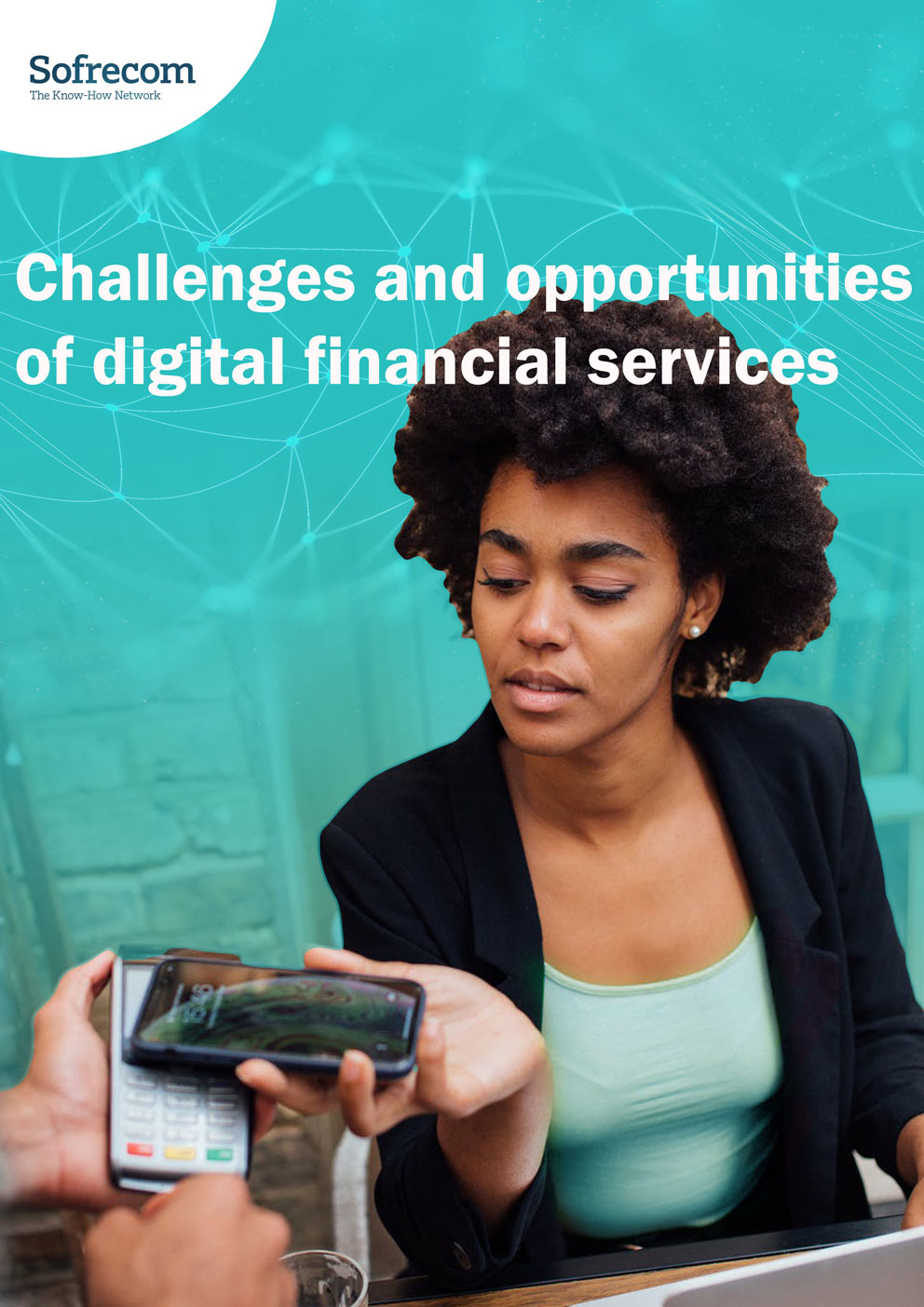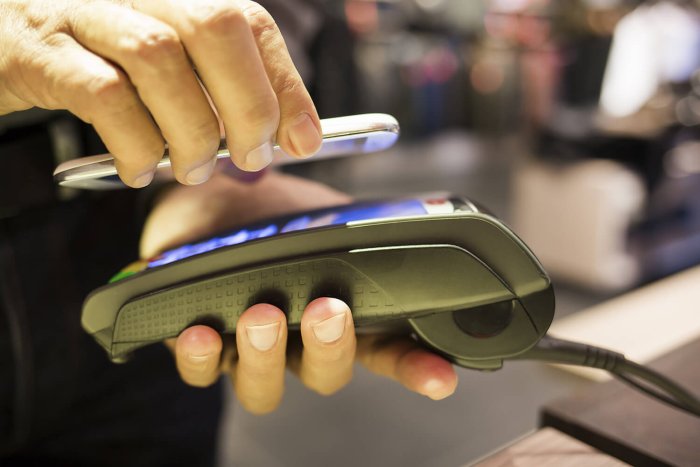
While it is difficult today to imagine any telecommunications networks operating in complete isolation from other national or international networks, the mobile money services offering interoperability with other mobile money services are few and far between. As at the end of 2016, only fifteen countries were home to domestic services for inter-network money transfers using the “mobile money” system. Most banks, however, do offer the option of carrying out transactions on an interbank basis.
Challenges and obstacles to interoperability
In a context where many services have not reached the necessary scale, mobile money operators are reluctant to make their services interoperable. In opening up access to their own user and partner base, some are afraid they will lose market share. They also fear having to share, with other players, revenues that are captive as long as uses remain confined to their own network.
Yet interoperability is a powerful catalyst for growth. By opening mobile money “loops”, operators have the opportunity to significantly increase the attractiveness of their offers.
Firstly, mobile financial services operators have the ability to interoperate with similar services. This is interoperability in the strictest sense of the term. It enables users of a network to interact with users of another mobile money network. It fosters, in particular, inter-network money transfers. This type of interoperability has been deployed in Indonesia, Tanzania and Jordan. Some players also operate at the international level. In 2013, Orange launched an international money transfer service via Orange Money between its operations in Ivory Coast, Mali and Senegal. From the very start, the service was a resounding success.
Beyond this, mobile money services can interact with other types of services or networks. In this broad definition of interoperability, the opportunities to combine are abundant. They pave the way for a large-scale diversification of the way mobile financial services are used.
Conquering new mobile money uses
Banking systems and networks: By connecting to banking networks, operators can offer transfers between bank accounts and mobile money accounts. At the end of 2016, more than 40% of mobile money services were already connected with a bank. These services offer users the opportunity to exchange funds with bank-customer users. They can also encourage the recruitment of new bank-customer users. Those users would have their bank account backed up with a mobile money account to benefit from the benefits offered by this service (simplified payment of invoices, telephone credit bonus, etc.)
In addition, mobile financial services can be connected to interbank infrastructures. In this configuration, mobile money users can access services such as withdrawal from ATMs, the use of debit or credit cards associated with mobile money accounts or access to national merchant payment networks, to name only a few.
Money Transfer Services: interoperability with this type of platform makes it possible to issue or receive funds via the “endpoints” (physical points of sale, web portals, etc.) maintained by money transfer operators. Consequently, users of a mobile money service can make transfers with correspondents who might not or would not wish to subscribe to the same service. Above all, these systems allow transfers from or to areas in which the operator is not present. They thus facilitate the creation and multiplication of international transfer corridors.
Public services: interoperability is also likely to develop financial transactions carried out with public players. For the authorities, it is an opportunity to improve the quality of public services. On the one hand, by optimising the traceability of transactions, and on the other hand by optimising the “customer” experience of those administered. This is because mobile payments make it possible in particular to “remotely” provide certain services (e.g. pension payments, payment of royalties, etc.) that still require, in many regions, going to a payment desk, waiting in a queue, paying the costs incurred by this trip, etc.
Opening merchant payment through interoperability
Market systems and networks: By interconnecting their platforms with merchant systems, operators can enable users to pay for their purchases via mobile money. This is the area in which interoperability seems the most promising. The CGAP thus deems that “the real volumes lie in everyday payments”. However, the share of market transactions still likely to be digitised remains high. In 2016, mobile money users typically made on average less than one merchant payment per month, compared with more than four phone credit purchase transactions.
In several countries, operators have managed to deploy agreements with fuel distribution, supermarkets and taxi networks. Merchant payment via mobile money is also particularly well-suited to dematerialised goods, which can be purchased “remotely”, such as gaming, music, video, e-books, etc. This is not only the case locally, but also with merchants located abroad. Thus, purchases on certain platforms (Apple Store, Google Play, etc.) could then become accessible. In addition, mobile financial services represent a major opportunity to develop online trade in physical goods. While e-merchants currently rely on cash payments on delivery when working in emerging markets, the interoperability of their merchant systems with mobile money services would make it possible to prepay purchases. This would reduce the operational risks and costs associated with cash management.
Beyond direct operation with merchant systems, interoperability also enables access to merchant payment networks. This is the case for networks such as MasterPass or networks established locally by payment service providers. This type of system offers real advantages. It gives mobile financial services operators access to merchants who do not have the capacity required to develop their own merchant information system or to interconnect it with the mobile money platform. Above all, it spares operators the expense of the investments needed to set up and run those merchant networks. Business development is in fact provided by the player offering access to its network.
In geographies where the use of bank services remains marginal and which constitute the preferred markets for mobile money, interoperability is thus likely to increase the possible uses of mobile money. It is a powerful accelerator in that it encourages the recruitment of new users and the intensification of uses. It thus contributes overall to improving the profitability of mobile money services.
Sources: GSMA, CGAP




